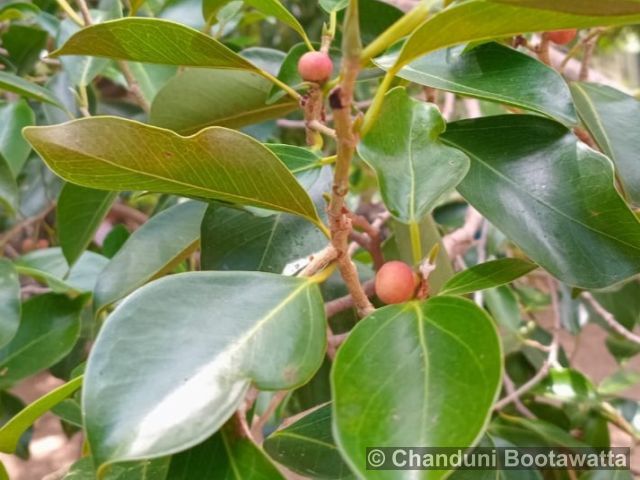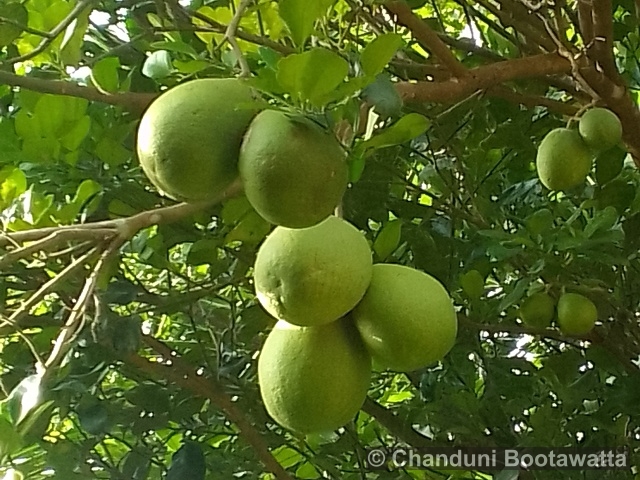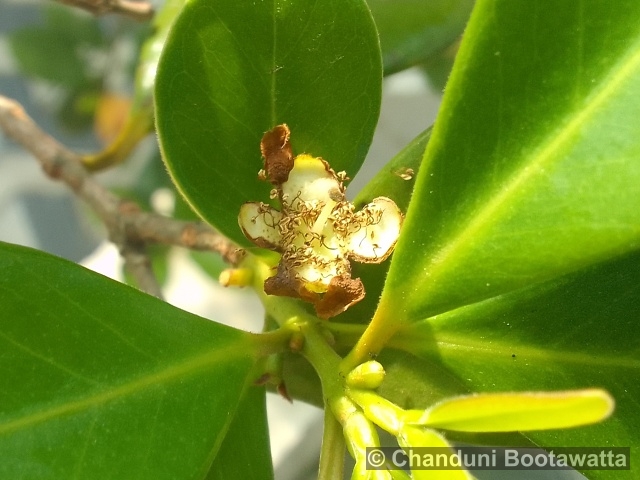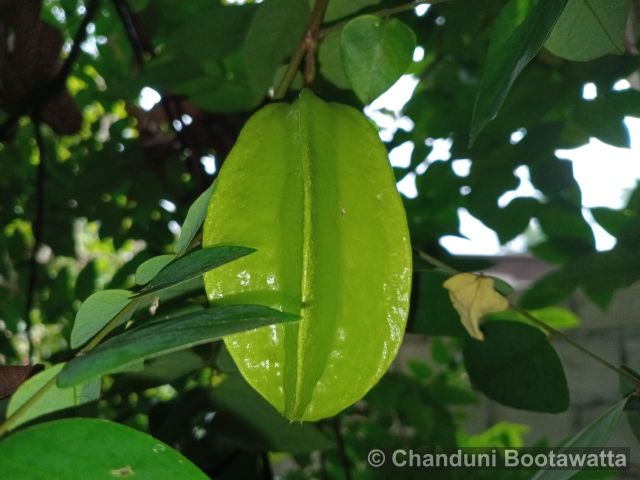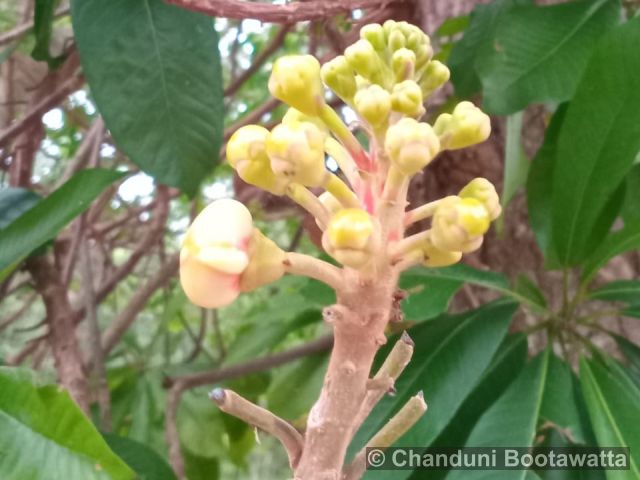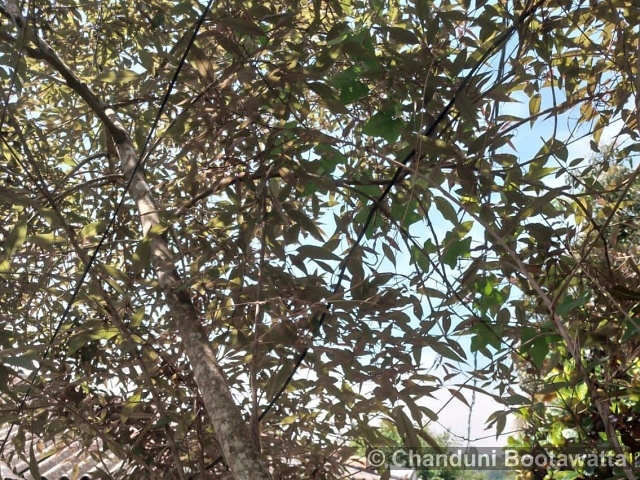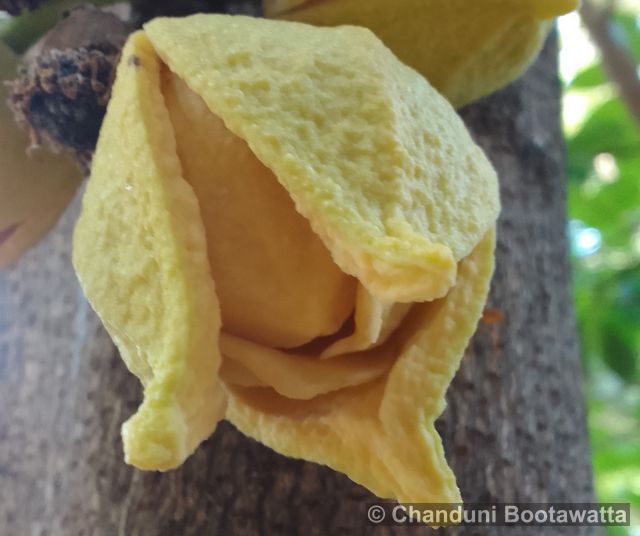Tento příspěvek byl přečten294krát!
Beli, oslizák líbezný
Family – Rutaceae, routovité

Description: Medium-sized deciduous tree, it has a rough, grayish-brown bark and thorny branches. The leaves are trifoliate, glossy green, and aromatic, often used in religious rituals. Its fragrant flowers are greenish-white and bloom in clusters, adding to its charm. The fruits are round or oval, with a hard woody shell and a fragrant, sweet, orange pulp filled with seeds.
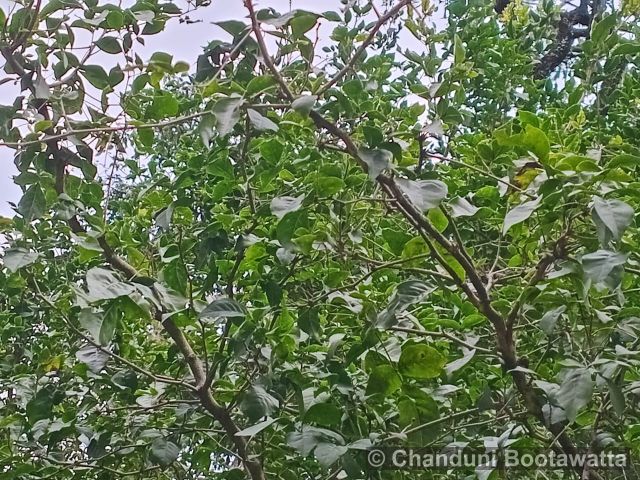
Substitutions – Wood Apple (Limonia acidissima): The Wood Apple, a close relative of the Beli plant, is a small to medium-sized tree commonly found in tropical Asia. Its leaves are pinnate and slightly aromatic, while the flowers are small and pale green. The fruit is spherical, with a rough and woody shell, and the pulp inside is tangy with a distinct flavor. Traditionally, it is used to treat stomach ailments, improve digestion, and as a cooling drink in hot climates. Its hard fruits are also used in some cultural rituals and crafts. – Indian Wild Orange (Citrus indica): The Indian Wild Orange is a rare and ancient species within the Rutaceae family, closely related to both the Beli plant and other citrus varieties. Its leaves are simple, glossy, and aromatic, and the tree bears small, fragrant flowers. The fruit is smaller than cultivated oranges, with a thick rind and tangy, slightly bitter pulp. It is highly valued for its use in traditional medicine to treat colds, improve digestion, and as a source of vitamin C. This species is often used as a substitute for medicinal and ritual purposes when the Beli plant is unavailable.
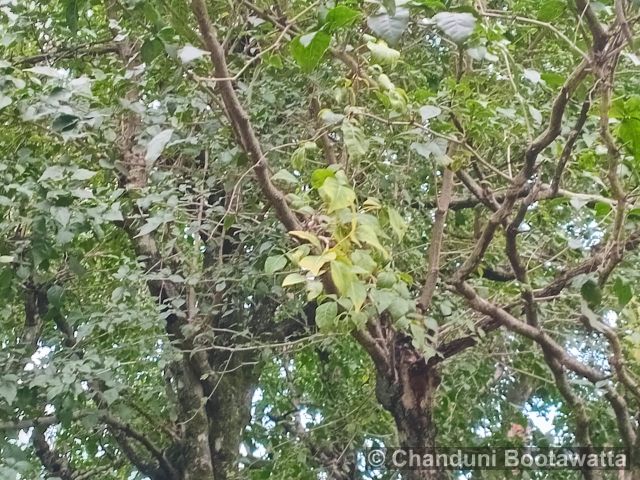
Ecology: Thrives in well-drained sandy or loamy soil with neutral to slightly alkaline pH. It grows best in tropical to subtropical climates, requiring moderate humidity, full sunlight, and temperatures between 25°C to 35°C, though it tolerates extremes from -7°C to 48°C. It is also drought-tolerant and suitable for arid regions.
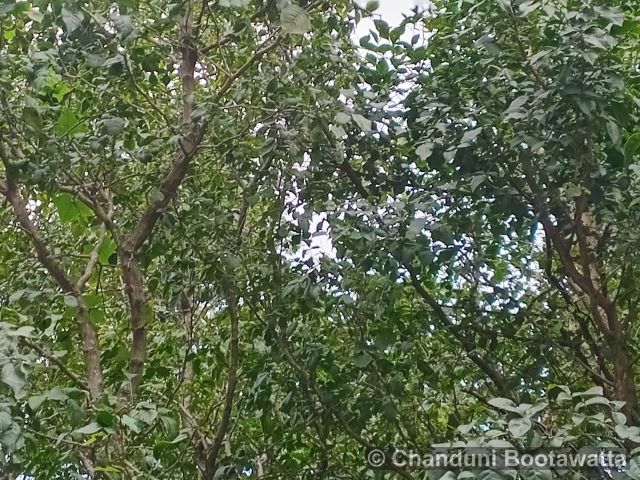
General Distribution: Widely distributed across tropical and subtropical regions of South Asia, particularly in countries like India, Sri Lanka, Nepal, and Bangladesh. It is also found in Southeast Asian countries such as Thailand, Myanmar, and Indonesia. Due to its medicinal value and cultural significance, it has been introduced to other tropical regions, including parts of Africa, Australia, and the Caribbean. The tree typically grows in forests, farmlands, and near temples due to its sacred importance.
Use: Beli fruit is highly valued for its medicinal properties, aiding digestion, treating diarrhea, and boosting immunity. The tree is also used in Ayurveda, and its leaves are sacred in Hindu traditions.
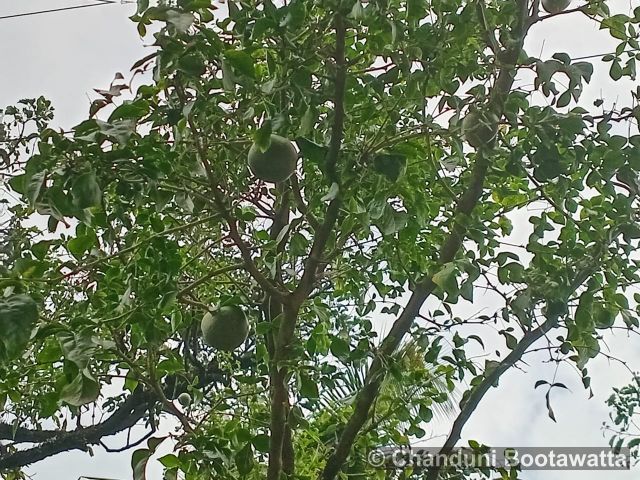
Author of text and photos Chanduni Bootawatta.
Photographed in Peradeniya, Sri Lanka on 17 December 2024.



 Poslat emailem
Poslat emailem